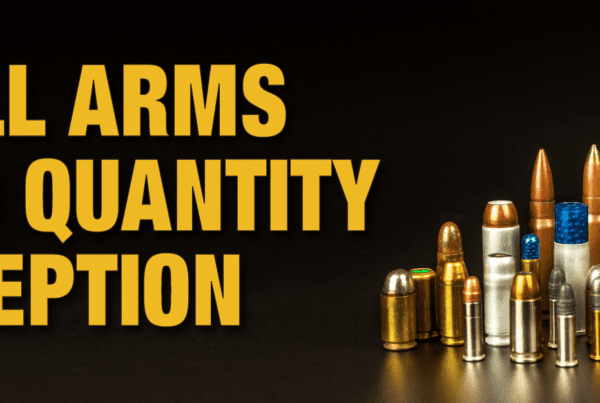TDG Regulations Update – Gazette II, December 31, 2014
For those that thought the amendments to the Canadian Transportation of Dangerous Goods Regulations (TDGR) had settled down following the July changes, Transport Canada has provided us with another “gift” to unwrap.
The Canada Gazette Part II published on December 31, 2014 introduces additional changes, the majority of which become mandatory by June 30, 2015 (although they are in effect as of January 1, 2015).
An exception to the date is the formalization of Protective Direction 33 which required ERAPs for 9 flammable liquids in September- now formalized in the TDGR and continuing to be mandatory as of January 1, 2015. This change resulting from the Lac Mégantic disaster was expected. Two additional UN Numbers have been added (UN1987- Alcohols N.O.S. & UN3494- Petroleum Sour Crude Oil, Flammable, Toxic) with a mandatory date of May 31, 2015 for ERAPs to be in place.
SHIP vs. ISHP
Of interest to all TDGR shippers is the removal of the “SHIP” format for describing dangerous goods on the shipping document. Transport Canada has jettisoned this option to follow the international convention of the “ISHP” order as the mandatory format.
- Identification/UN Number
- Shipping (Proper) Name
- Hazard Class
- Packing Group
Excepted Quantities
The concept of “excepted quantities” (already in air/maritime regulations) as an option for shipping very small quantities has been added- resulting in splitting Column 6 into 6a)- Explosives/Limited Quantity Index and 6b)- Excepted Quantity code.
Lithium Batteries
In addition, the ICAO/IATA restriction on general shipment of lithium metal (i.e. non-rechargeable) batteries as cargo on passenger aircraft has been entered into the TDGR. Transport Canada has taken the opportunity to include lithium ion battery entries into the regulations- classification requirements are now in Part 2 and new special provisions in Schedule 2 deal with ground transportation of damaged batteries for recycling.
New Classification Criteria
Classification criteria have also been added for aerosols and medical/clinical waste. An exemption has been added (2.14.2) to exclude carbonated beverages, sports balls, tires and light bulbs from regulation as Class 2 materials.
Marine Pollutants
The Marine Pollutant (MP) criteria no longer reference mixtures of “severe” pollutants and defer to the “list” and IMDG criteria. A consequence of this is that the Part 2 Appendix 1 MP list has been dropped in favour of an IMDG-like notation in a re-vamped Schedule 3.
Corrosives
The OECD protocols for in vitro evaluation of corrosives have been added to the Part 1.3 Table of Standards and are now referenced in Part 2.
The above-noted change in Column 6 and the re-location of MP to Schedule 3 has resulted in a completely revised Schedule 1.
Updated UN Numbers
Transport Canada has also updated a variety of UN numbers, names and special provisions to facilitate international and intermodal shipments. Of particular interest to fertilizer distributers may be the inclusion of a new Special Provision 114 (follows UN Recommendation Special Provision 193) which exempts UN2071, Class 9 fertilizer from the regulations, not just for retail shipment. There have been 56 new, 11 repealed and 25 modified special provisions in Schedule 2 under this amendment. Special Provision 16 on “technical names” now formally allows for at least 2 to be used where applicable, as in regulations in other jurisdictions. Technical names are not required for infectious substances UN2814 or UN2900.
More on these changes to follow in subsequent posts …
UPDATES: ERAP Changes Potentially Extend Beyond Rail Tankers
Read the details in the Gazette II amendment »
Do you have any questions regarding the Gazette II, December 31, 2014 update? Contact ICC Compliance Center here at 888-442-9628 (U.S.) or 888-977-4834 (Canada), and ask for one of our regulatory specialists.
Save






 ICC USA
ICC USA ICC Canada
ICC Canada